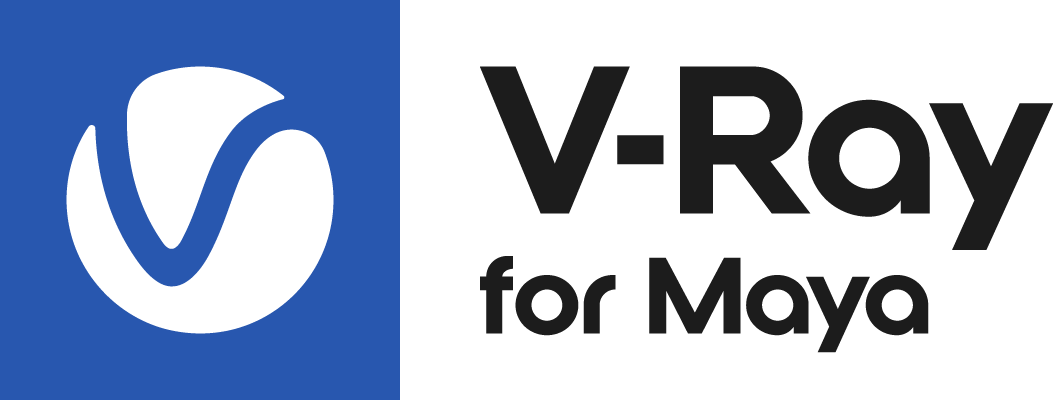This page provides some details on the settings available for the Car Paint Flakes Material in V-Ray.
Overview
VRayFlakeMtl is a material that simulates the metallic flakes found in car paints. It is a complex material generated by the mixing of several textures and can be used in blend materials to add metallic flakes to other shaders. For more examples see the Car Paint Material page.
© Kristian Turner
Base Parameters
Flake Color – The color of the metal flakes.
Flake Glossiness – The glossiness of the metal flakes. It is not recommended to set this above 0.9 as it may produce artifacts.
Flake Orientation – Controls the orientation of the flakes relative to the surface normal. When this is 0.0, all flakes are perfectly aligned with the surface. When it is 1.0, the flakes are rotated completely randomly with respect to the normal. Values above 0.5 are not recommended as they can produce artifacts. This parameter is inactive with V-Ray GPU engine.
Flake Density – The density (number of flakes) for a certain area. Lower values produce less flakes and higher values produce more flakes. Set this to 0.0 to produce a material without flakes.
Flake Scale – Scales the entire flake structure.
Flake Size – The size of the flakes relative to the distance between them. Higher values produce bigger flakes and lower values produce smaller flakes.
Flake Map size – Internally the material creates several bitmaps to store the generated flakes. This parameter determines the size of the bitmaps. Lower values reduce RAM usage, but may produce noticeable tiling in the flake structure. Higher values require more RAM, but tiling is reduced. Be careful when using the Directional filtering method, as it may quickly take up gigabytes of RAM for larger map sizes.
Flake Filtering Mode – Determines the way the flakes are filtered. Filtering is extremely important to reduce the work required to produce a clean image. See the Examples for a demonstration of this parameter. This option is inactive with V-Ray GPU engine.
Simple – This method is faster and uses less RAM but is less accurate. It averages the orientation of the flakes together, which may alter the appearance of the material when viewed from a distance.
Directional – This method is slightly slower and uses more RAM but is more accurate. It groups the flakes based on their orientation before performing the filtering, so that the material appearance is preserved.
Flake seed – The random seed for the flakes. Changing this produces different flake patterns.
Mapping type – Specifies the method for mapping the flakes. The possible values are:
Explicit mapping channel – The flakes are mapped using the specified channel.
Triplanar projection in object space – The material automatically computes mapping coordinates in object space based on the surface normals.
Mapping channel – The mapping channel for the flakes when the Flake mapping type is set to Explicit mapping channel.
Flake UV Coords – Allows connecting a texture placement node.
Options
These options are inactive with V-Ray GPU engine.
Cutoff threshold – Cutoff threshold for the reflections of the different layers.
Double sided – When enabled, the material is double-sided.
Trace reflections – Global switch to toggle reflections for all layers.
Max depth – The number of times a ray can be reflected.
Common Uses
VRayFlakesMtl can be used, along with VRayBlendMtl, to create highly custom materials. In this case, a car paint is created when the VRayFlakesMtl is used as a coat material with a diffuse base material and glossy coat material.
Blend material node setup. A diffuse VRayMtl is the Base Material, the VRayFlakesMtl is assigned to Coat Material 0,
and a clear coat (clear glossy VRayMtl) is assigned to Coat Material 1.
Base Material only
Base Material with VRayFlakesMtl added
Base Material, VRayFlakes, and clear coat applied
Notes
- The VRayFlakesMtl material needs to pre-calculate several textures related to the flakes. Depending on the Flake map size parameter, this may take a few seconds. When using the swatch preview, this may lead to slight delays between changing a parameter and the update of the material swatch.
- The hero image seen in the Overview on this page was rendered with the "Cast Shadows" option Disabled the outer cube geometry object.
- This material is typically used as part of a Blend Material layer and not rendered separately as seen in the hero image from the Overview above.










